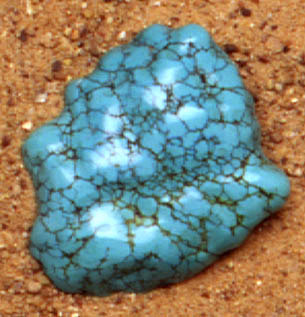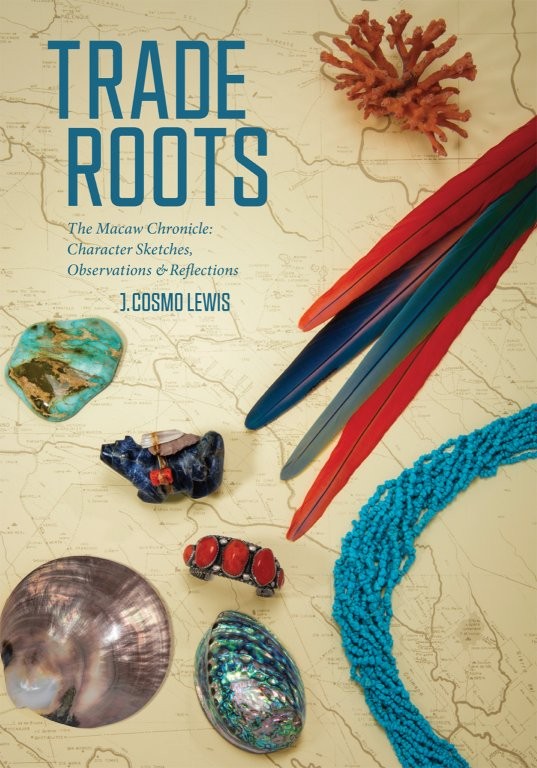Turquoise
The name is derived from "Turkish Stone" because it was brought to Europe through the ancient trade route, via Turkey. Pure blue is rare; with most stones either a blue-green hue or else containing matrix. Deposits are found in Iran, China, Australia, Israel and the southwest United States. The deposits in the Sinai were already worked out by 4000 BC. At that time turquoise was used for jewelry, amulets and the preparation of cosmetics by the Egyptians.
Considered precious by the native Americans, turquoise evokes peace of the soul, as when we gaze at the immensity of the sky. By gazing at turquoise the same way, we eventually feel a peace that surpasses all analysis. Turquoise amplifies light blue and blue/green rays in the Divine Light spectrum. When handled or worn, turquoise often turns a darker green, which is said to be caused by the absorption and neutralization of negative vibrations.
Considered precious by the native Americans, turquoise evokes peace of the soul, as when we gaze at the immensity of the sky. By gazing at turquoise the same way, we eventually feel a peace that surpasses all analysis. Turquoise amplifies light blue and blue/green rays in the Divine Light spectrum. When handled or worn, turquoise often turns a darker green, which is said to be caused by the absorption and neutralization of negative vibrations.

TURQUOISE
Stones are completely natural and perfect for the pocket. Many are drilled. Weight is around 5-7 grams each and size is between penny and nickle size. CuAl6 [(OH)2/PO4]4
